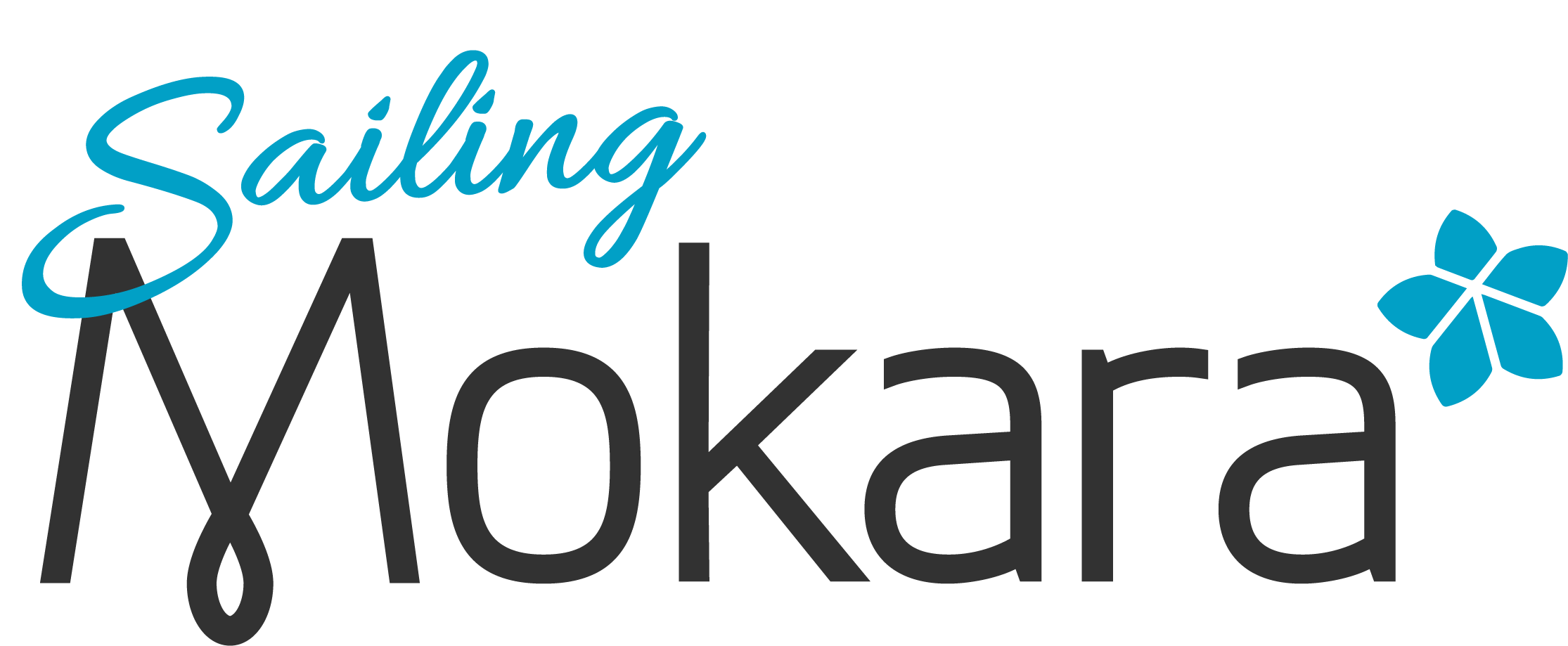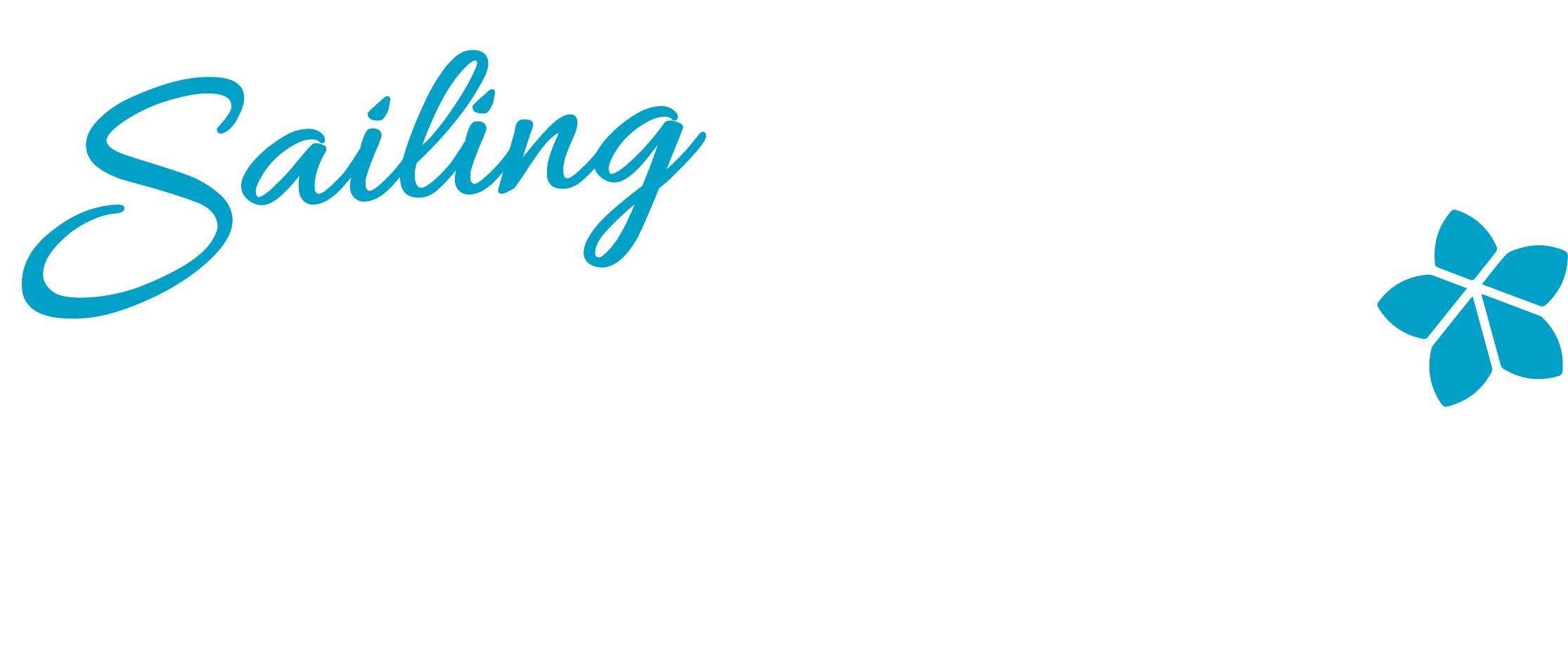
2 weeks to go before we depart the UK and we are finally done with all our training!
Between us we have done around 13 different courses! As you can imagine this has cost a small fortune and been very time consuming and challenging with the juggling of everyday life and childcare. Thank you to all those that have helped us along the way. We are very grateful!
Shawn being the experienced sailor in the family had a few less of the actual sailing courses to do, and instead filled his time with more practical courses such as diesel engine maintenance, sea survival and first aid courses.
I on the other hand had to move from being a passenger on a boat to an active crew member and competent skipper, able to manoeuvre and sail our boat independently, as well as be able to deal with whatever medical or emergency situation we may find ourselves in when out at sea away from help. Quite a challenge, but one I was completely up for to make our dream a reality.
We used two different training centres (Solent Boat Training & Hamble School of Yachting) to do all these courses, mainly based on the dates and courses that were offered by each.


Meeting great people
We can both honestly say we loved each and every course we did. Even the theory courses. Some were difficult and it was nerve wrecking to have to go back to being in a classroom situation after decades off and having to write exams again! I can now honestly sympathise with the anxiety students feel with the pressure that exams bring. Its terrible, and no matter how old you get it still stirs those anxious, sickening feelings!
The camaraderie we built up with the students we met in each classroom or boat was what made each course most enjoyable and fun. We made so many lifelong friends over the weeks we spent away from home. Hearing everyones different stories about why they were there studying were both inspiring and humbling! Sailing really attracts some interesting, strong, passionate people, who love nature and the outdoors. I was so inspired by the places or situations they had been, or were going on.



Being prepared
The main purpose of all the courses was to make sure we are prepared for everything. Hopefully most of the things we have trained ourselves for will never happen. But we needed to be sure that if the worst does happen we are confident that we know what to do and are prepared.
In our Offshore safety day we got to fire a flare, operate a life jacket and test and fold it away again, put out a fire using all the different fire extinguishers, cut through wire and rigging, and how to pull a person back onto the boat safely. These are all practical experiences you read about but mostly never get to use until you are in the emergency situation.


One simple example is fire fighting. We were shown 2 very different extinguishers, a powder and a CO2 version. The CO2 extinguisher comes with a large black nossle. I have always thought that the nossle was to hold, and had I come across a fire and had this extinguisher to hand I would have held onto the nossle and caused myself some serious damage. I know all these items have instructions on them, but who has time to read the instructions when you have a fire threatening your life and home. The same goes for the hand held flares, my natural instinct is to pull the string down as you would a party popper. However if I had done this I would have shot the flare straight into my abdomen, which would have turned my situation into a much worse one! So I think you get why doing all these practical courses was so important.

How to survive
One of the courses we hope we will never get to use was the Sea Survival course. This is a day of both practical and theory practise on what to do should you ever have to abandon to a life raft, what you should take with you, how you should live whilst in the life raft, and most importantly how to be found quickly!!
This course although serious was lots of fun. Shawn and I got to jump in a pool in full wet weather gear and an inflated life jacket, and get to experience what it would be like to be in the water with all that kit on. Obviously it was a lot more pleasant than it would be in real life with the cold, waves, and panic, but at least we got to see how heavy everything becomes when wet, and how difficult it is to swim.


Medical training
The Medical Aid and Medical Care at sea was a course that really surprised me. When we were looking into this course Shawn and I were both not wanting to be the ones to have to do it. Both worried about how we would react to the wounds and graphic element of it. I have never been one for blood and normally try to stay clear of it and let others handle it. Probably because I am or should I say – was – slightly scared of what trauma caused the blood in the first place. We decided due to time, and convenience that I should be the one that went on the course. I was slightly apprehensive, but determined that I was going to do it and be successful, this was after all the one thing that could really help someone I love!
As the time went on in the 10 day course I could feel myself become less sensitive to the graphic images of injuries, and instead look at them and try and figure out what action I would take to help the person. Personally I think the thought of the accident and how it happens is often the thing that makes us all gasp! Our brains are programmed to think of the pain rather than deal with the consequence! Once you can condition yourself not to think about it and just deal with the injury, I think it makes it easier, to think of how you can make it better in a positive way, and help the patient.

Becoming a skipper
As I’ve said before – Shawn is the experienced sailor. I’ve been very happy to go along and let him do all the hard work, mostly with a Gin and Tonic in hand, and being slightly put out when I have to put it down to help! Which is why I spent most of the last year on training courses, having to catch up!
Becoming a competent skipper was very important to me. I needed to know for myself that if anything happened to Shawn I could handle the boat and take us all to safety. I also knew that this was not going to be easy. I had seen first hand from Shawn how much knowledge is needed to understand how a yacht sails, how to navigate, how to operate all the systems, as well as how to instruct your crew when the pressure is on. All the sailing terminology is mind boggling. I’m not sure why sailing has its own vocabulary, surely it would be easier to say turn right, instead we need to say – go to port… This is not easy for a girl who still gets her right and left mixed up, never mind now having to think which one is port or starboard! Front of the boat is the bow, and back the stern. What is wrong with the words front and back? “go to the front” – or in sailing terminology “go to the bow”. Anyway I’m sure you get what I am saying, I now needed to learn how to speak like a sailor as well, so that I could be understood!



I’m not going to lie and say the theory was easy because it was not. I struggled and at one stage thought I would never get through it! Learning how the wind and tide influences your direction and how to calculate what direction to point the boat in order to get where you are going, taking into consideration the effects of the wind and tide was difficult to get my head around! Luckily I had a very patient instructor Ben from SBT who would happily explain things over and over again to me! Thanks you Ben!!!
Once I got out onto the water and got to put everything into practise it all started to make more sense, and suddenly I got it! I also realised that if you just keep your wits about you and keep checking where you are, and made sure you had enough water under your keel, all will be fine. I had a great week on the water, with a fantastic group of people. We had sun, rain, wind and a whole lot of fun. We also learnt a lot from Noel our very experienced and thorough instructor.
So that brings all our training to a close! Its been so much fun, and we have both loved the knowledge and learning so much! I am sure we will be learning even more with every day that goes past, as we sail Mokara, I now need to learn how to sail a catamaran, which is much wider than a monohull. Apparently its just like driving a big car – we’ll see…
As the saying goes there is no better experience than to learn on the job, which is what I whole heartedly intend to do!
13 Training courses – TICK

